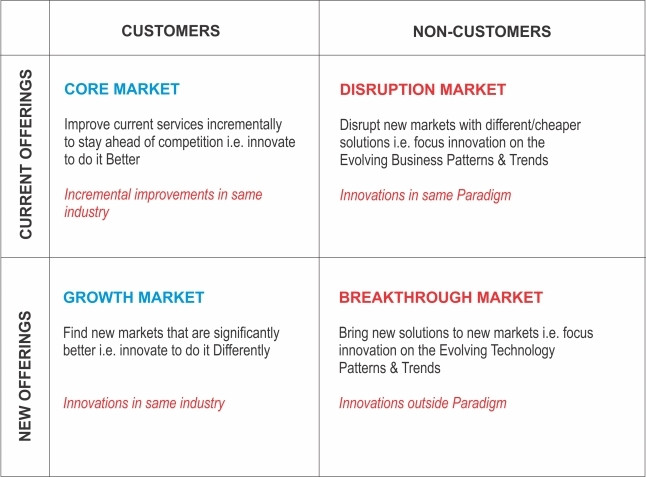Johannesburg, 03 May 2016

Many articles and books have been written over the past decades why strategies fail, says Jac Spies, Chief Advisor at Praesignis.
This article is about why some strategies are successful.
Having participated for 35 years in various corporate strategy planning sessions in the private and public sectors, I have observed the following general behaviours:
* Team building activities tend to overshadow the strategy planning part;
* The boss's views are celebrated;
* The strategy planning processes are inconsistent;
* Outputs are documented; and
* Filed.
My conclusion is that strategy planning assemblages that were done as annual events were the ones that usually failed in their purpose.
However, when strategy development was managed as a continuous process right throughout the year, the goals shifted closer to the business vision. This process is very similar to piloting a sailboat to its destination, through changing weather conditions.
Strategy development cannot be an annual event; it is an adaptive process to changing conditions. Conditions like changing customer behaviour, disrupted offerings, new technologies, and more competition.
Current business strategies need to be managed continuously and adapted swiftly to seize new markets. This obviously implies that new potential markets and innovation opportunities need to be aligned.
The key focus areas to achieve strategy rejuvenation are:
* New market reconnaissance; and
* Rapid innovations.
A market strategy
The CEO and his management team responsible for business growth should throughout the year scan the following four market sectors for potential business opportunities.
1. The current CORE MARKET of the business.
This is an inwards assessment on current performance within the current industry.
* Assessing their current market share in the industry;
* Look for improvements on current offerings on how to be better than the competition e.g. offering a higher interest rate on savings in the banking industry, or a free limited software download in the IT industry.
2. The potential GROWTH MARKETS within the specific industry.
* Spotting underserved market niches;
* Developing innovative offerings that are not only better but also different to the core market offerings, that will attract new customers e.g. iTunes making a significant entry into the youth market who wanted easier access to music.
3. The potential DISRUPTION MARKETS that fall outside the current industry.
* Look specifically for underserved markets outside your current industry, that need similar products or services than your core or growth markets can exploit, by e.g. re-packaged for local needs, or made affordable for the specific niche;
* Developing innovative offerings that are disruptive in design and price for specific needs, e.g. the "mini microwave ovens" designed and priced for the lower domestic market in India.
4. The potential BREAKTHROUGH MARKETS that fall outside the business industry and paradigm.
* Superimpose all your products and services onto the Eight Evolution Patterns, the 35 Technology Evolution Trends, and the 44 Business Evolution Trends to peg their current as-is state. Then checking if any significant breakthroughs are in the offing by jumping to the next evolution stages.
* Then looking for inventive ways to deliver such products or services, e.g. a Google using the Internet Technology and Business Evolution Trends to stay ahead in accessing real time global information.
Please refer to Diagram 1 below for a pictorial view of the market and innovation relationships.

Note that the Disruption and Breakthrough market strategies are underpinned by the Evolution Patterns and Trends, which are defined as ATTACHMENTS A, B, and C to your complimentary book titled Business Evolution and Transformation.
Click here to download your complimentary book - Business Evolution and Transformation
Innovation initiatives

For more information on this topic please go to:
* Praesignis Blog, or
* Praesignis Facebook Page, or
* Praesignis Pressroom on ITWeb
These sites present the same article written by Jac Spies on "Thinking about Innovation", which speaks about the definition of true blue innovations, how to achieve inventive problem solving, and how to manage innovation initiatives.
Share
